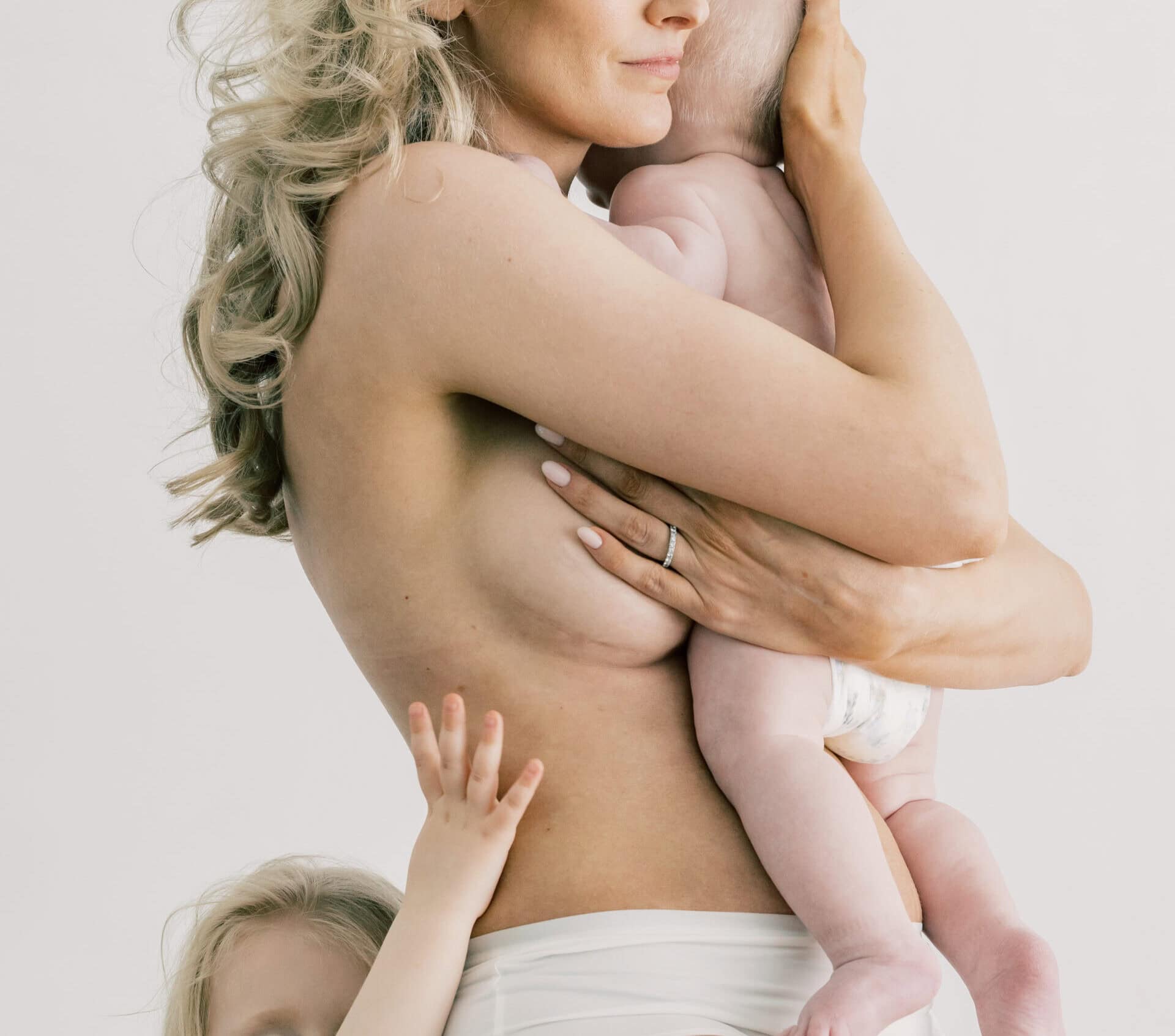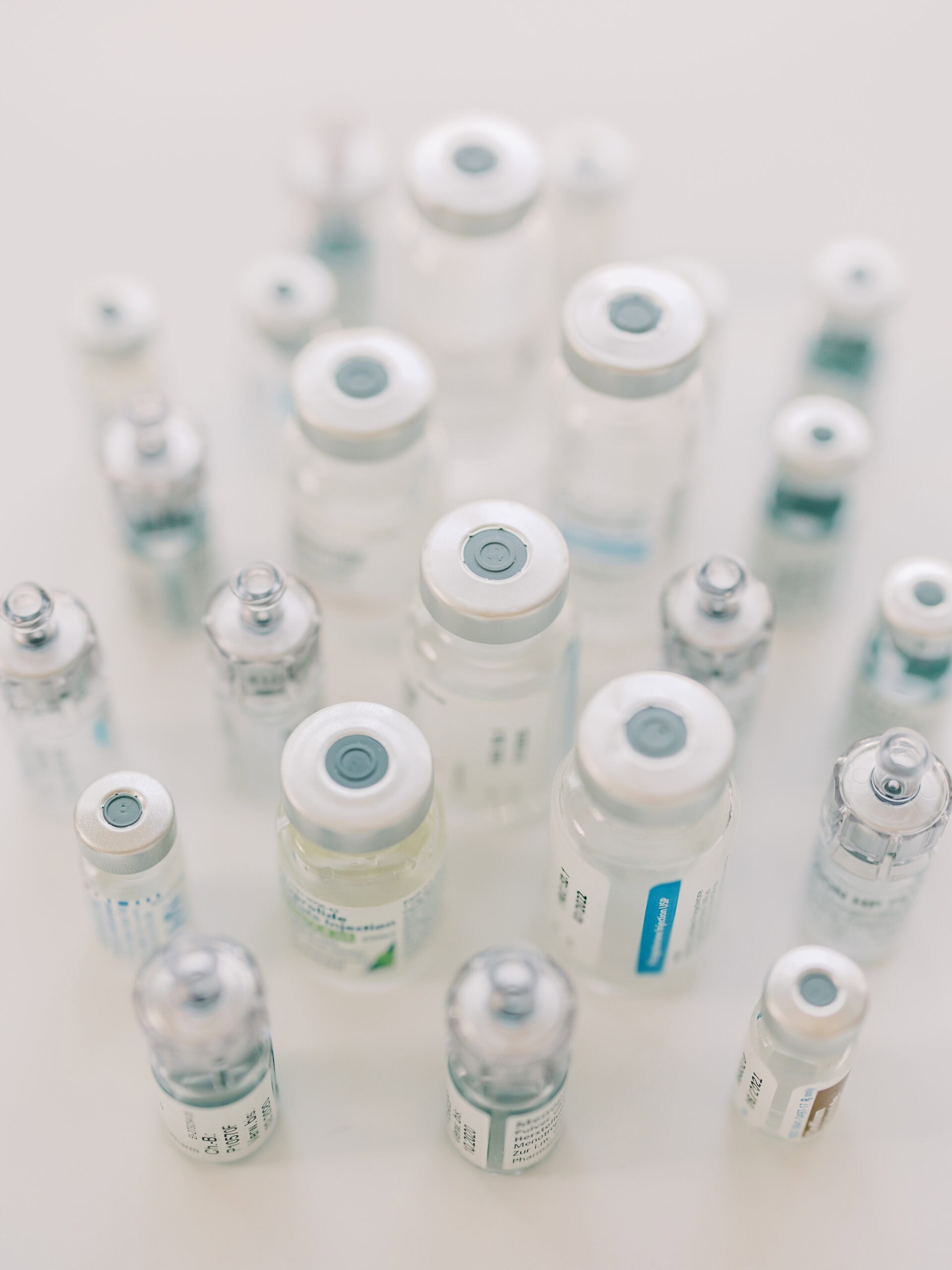Inherited gene mutations like BRCA1 and BRCA 2 can greatly increase your chance of developing breast or ovarian cancer in your lifetime.
We're here to help you navigate them.

Getting Tested
Interested in testing for a potential gene mutation? Let us lend a hand.

Your Risk Profile
Positive for a gene mutation linked to breast cancer? Calculate your risk.

Types of Gene Mutations
Learn about the mutations that increase your risk of cancer.

IVF with PGT-M
Eliminate known gene mutations via IVF with genetic testing.

PGT-M Grant
Apply for our Preimplantation Genetic Testing Grant
Information coming soon.
Sign up for our newsletter for the latest updates.


